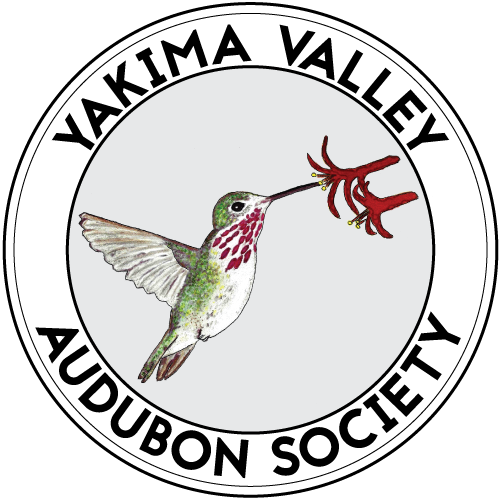Vanishing Birds of Yakima County
General ·I came to the Yakima Valley in 1978 and set to work observing and learning its birdlife. I found the very diverse habitats the county boasts were home for an impressive array of birds, more than 300 in all. However, the past 40 years have seen changes to our birds. At least six species that were regular in occurrence and reasonably easy to find, have either vanished or only a few birds survive; their extirpation is quite likely in the very near future.
I’m strongly reminded of the study published in Science in late fall 2019, and conveyed to you in the October 2019 Crier. This documents the loss of over 3 billion birds, one in four, in the United States and Canada, during the past 50 years. This most dire outlook for our wonderful diversity of birds states that only those species that can adapt to man’s world will prosper long into the future. Hopefully, conservation measures will slow the decline of many species that require the fantastic mosaic of habitats that occur locally, regionally, and worldwide.
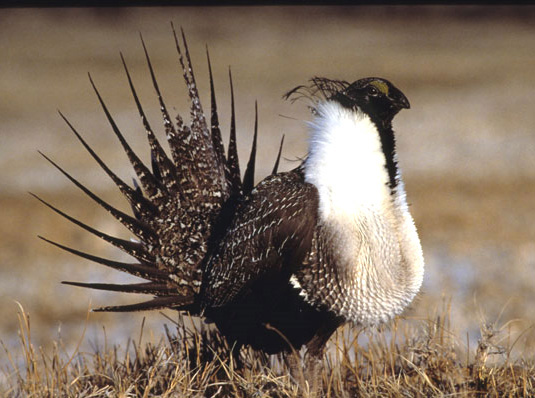
The Greater Sage-Grouse survives in two populations in Washington, populations disjunct from the rest of the specie’s range to the south and east in the “sagebrush sea” of the American West. The Moses Coulee population, with 500-600 birds in the northern Columbia Basin is faring better than the tiny band hanging on in the Yakima Training Center. Numbers of grouse on the training center have had their ups and down, but have shown a mostly downward trend. Despite many studies by biologists and significant acreages of the military installation set aside for these birds, their plight has only worsened. From my 145 visits out on the installation (most while undertaking a shrub-steppe study for the Nature Conservancy), I can state with fair certainty that military training cannot coexist with grouse indefinitely. Training involves live fire and the installation has a very long dry season when fires are a high likelihood. Even though most fires are promptly controlled, over the years a fair number has “gotten away” from them, and become huge conflagrations, some tens of thousands of acres. The sagebrush habitat the grouse depend on is killed and is slow to regenerate. A steady loss of the critical shrub component the birds require is now gone, hence a decline in the number of grouse. The most recent report I have on grouse numbers on the training center showed a mere 78 birds. The 2019 report by the Washington Department of Fish and Wildlife (WDFW) on the species considers the species critically at risk of extirpation.
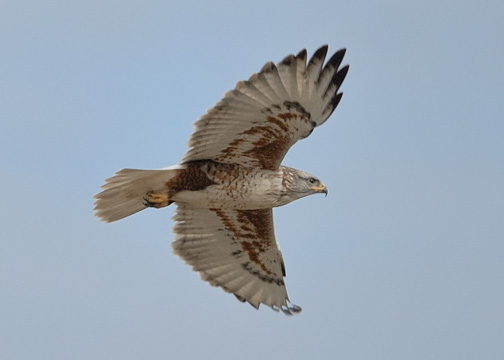
The regal Ferruginous Hawk, Washington’s largest hawk appears to have disappeared as a regular species in Yakima County. Through the 1980s and 90s, a small population bred in shrub-steppe habitats such as on the Yakima Training Center, Rattlesnake Ridge (near Zillah) and the Horse Heaven Hills (south of Mabton). All these pairs have disappeared, probably because populations of its favored prey species: medium-sized mammals such as Washington Ground Squirrel and Black-tailed Jackrabbit, have plummeted in numbers. Its status elsewhere in eastern Washington has also declined. A WDFW study is underway to determine its current status, but probably fewer than 20 pairs survive in the state. The loss of this magnificent raptor is part of a range-wide decline of the species. It is not difficult to imagine this species may disappear throughout much of its entire range over the next 50 years or so.
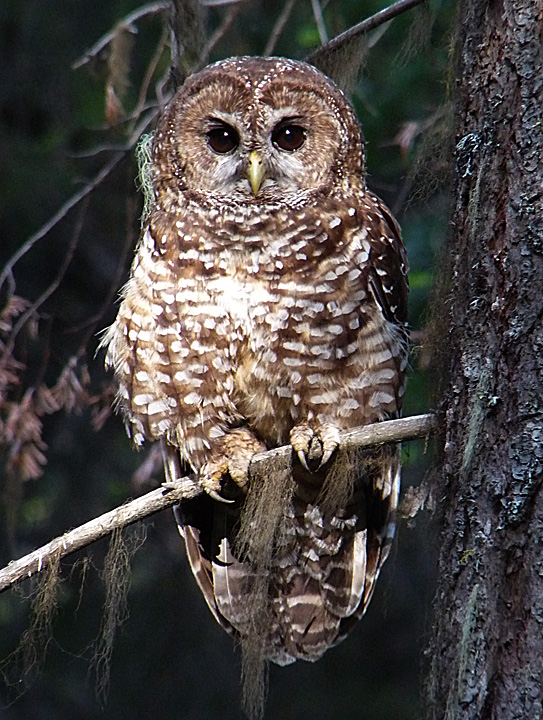
Spotted Owls were a regular if uncommon denizen of Yakima’s middle elevation fir forest up until the early 2000s. Huge reductions in logging of old growth Pacific Northwest forests have not been enough to reverse the precipitous decline in Spotted Owl numbers. A steady increase in Barred Owls, a more aggressive and adaptable species, not limited to large tracts of old growth forests, has driven the tiny number of remaining Spotted Owls to habitats not suitable for Barred Owls, and only marginally attractive to Spotteds. A last-ditch measure by government agencies to eliminate Barred Owls in our forests shows little or no sign of helping the Spotted Owl. We may well lose the Spotted Owl in the Pacific Northwest in the next few years, so dire is their plight.
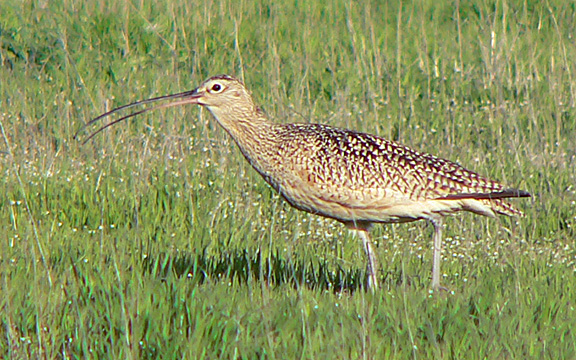
The spectacular Long-billed Curlew was, until just a few years ago, a fairly common summer resident of the grassier shrub-steppe ecosystems in south-central Washington and elsewhere in the Columbia Basin. Its lovely, ringing “cur-lew” call was a much-loved cry coming from the wide-open open spaces surrounding Yakima. Its numbers have steadily declined until just a few birds remain. The loss of this species, North America’s largest shorebird, has not been well studied here. Perhaps declines in habitat quality on its wintering grounds (coastal estuaries or agricultural fields to the south of Washington) are major factors. Possibly, the widespread influx of weedy invasives in south-central Washington’s shrub-steppe has also been a factor.
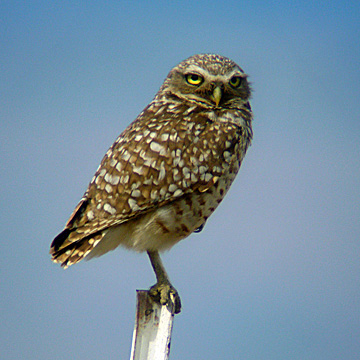
Burrowing Owls were a familiar sight in Yakima County until the early 2000s but now just a handful of birds survive. The species occurs from southern Canada south throughout suitable grassland habitat to southern South America, but it is declining over most of its vast distribution. Yakima County and Washington state share this trend. Reasons for the disappearance probably include habitat degradation in the species breeding habitats due to loss of the squirrels and badgers that create the burrows they require. Habitat issues on their wintering grounds are also cited as a reason for the owls decline. Efforts to aid this darling little owl, such as placement of artificial burrows, have helped in some locations of the Columbia Basin, as around Pasco. In the Yakima area, the owls have not used artificial burrows and the species continues to disappear in our area.
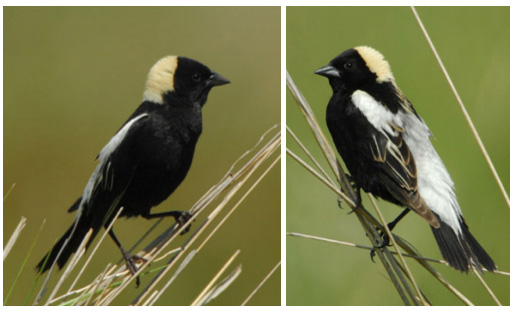
Toppenish Creek in the vicinity of Lateral C had a well-known population of Bobolinks, a striking member of the blackbird clan. This colony was disjunct from other populations of this species by about 200 miles, so it was unusual, indeed. The number of Bobolinks along Lateral C was over 100 birds when censused by YVAS member Bob Boekelheide in the mid-1990s, but declined thereafter until the last two males appeared in 2014, but no females arrived from their wintering grounds in South America. Perhaps the precise combination of environmental conditions that created the grassland habitat the bird requires changed (such as groundwater levels) and so the habitat altered. Or, perhaps, because it is known the Bobolink is declining over large parts of its range, which spans the continent, the disappearance here along Lateral C mirrors a general axiom in conservation biology: species are rare at the extreme edges of their distribution and therefore highly at risk.
As I pen these words, I’m left feeling a little pessimistic of the future for the incredible diversity of birds around Yakima, and the beautiful habitats they inhabit. It will take the collective efforts of countless conservationists and legions of public and private agencies to stem and possibly reverse the steady losses we are incurring in biodiversity, both locally and nationally. And, of course, globally.
-Andy Stepniewski
